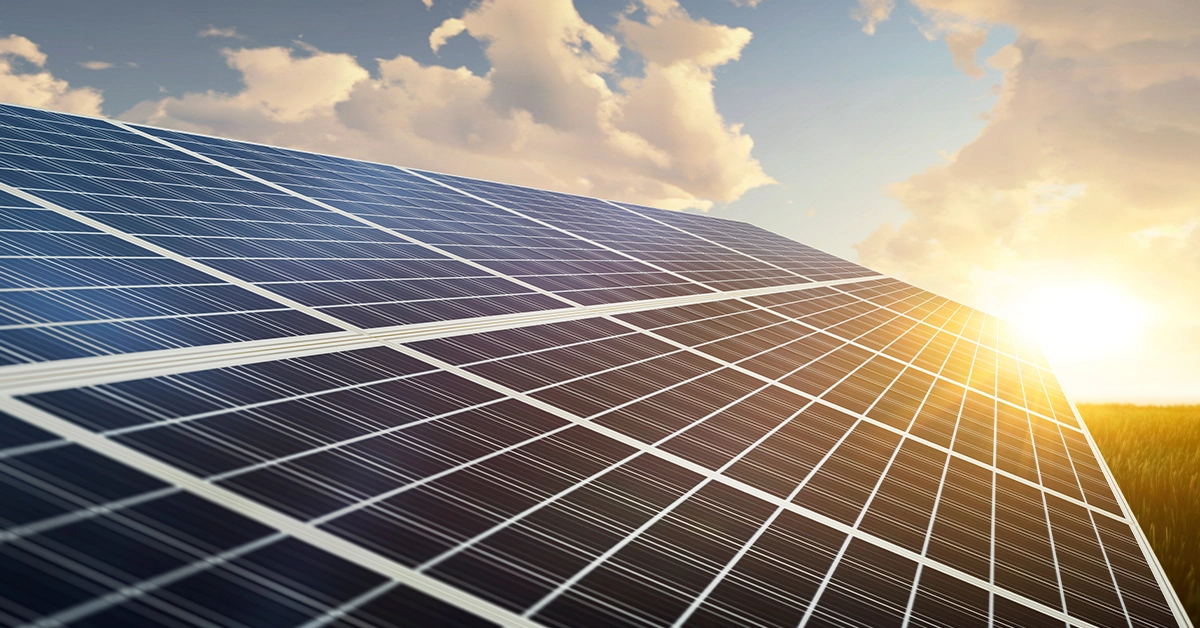
To fully understand where solar power stands and how we can best utilize it at this moment, we need to recognize that at this time, solar energy has its own special set of limitations and issues. They present a number of challenges that have to be addressed before solar can truly take off on a global scale:
Duck curve/overgeneration
Solar power generation follows a fairly predictable routine - it rises throughout the day, reaching a peak in the afternoon and then decreasing as night falls. The problem is with its consumption: the sudden spikes in demand (a smaller one in the morning and the larger peak as the sun sets) do not correspond with heightened solar energy generation. Simply put, the supply and demand charts are mismatched. In fact, during times of peak generation, solar systems may have to be shut off if the energy can’t be stored or dumped into water heating.
Environmental costs of production
If used for 20 to 25 years as their warranty suggests, solar panels can be a very clean form of energy. A solar cell is made up of silicon, which is made by heating quartz to extremely high temperatures (1200 Celsius), releasing a lot of carbon emissions in the process. Additionally, turning metallurgical-grade silicon into a purer form called polysilicon creates the very toxic compound silicon tetrachloride. Fortunately, there is a process that most manufacturers employto safely recycle silicon tetrachloride back into the manufacturing process for new silicon wafers, helping to eliminate health and environmental risks. Most importantly, by reaching the full potential of solar systems we can mitigate the negative effects of their production.
Space required
Utility-grade solar plants require disproportionately large areas to house enough solar panels (or mirrors, in case of concentrated solar). In urban centers, where space becomes an issue, solar roofing or solar glass represents a great opportunity to start producing and using green energy locally. With the upcoming technology advancements, we will soon have plenty of options for rooftop solar to choose from.
Despite these issues, solar is still a uniquely useful source of renewable energy: plentiful, cheap to maintain and clean. Solar technology is in a phase of rapid development and we are seeing these advancements address many of the problems listed in today’s article.
Once we improve the energy efficiency of renewable energy systems, we can finally think about the complete replacement of fossil fuels. Thanks to the revolutionary FUERGY Solution which optimizes the green energy consumption, production, and storage, transition to a sustainable energy future may commence today.
At FUERGY, we follow this vision and bring unique solutions that bridge the gap between economic and ecological. Contact us today! Our experts are here to help you find a tailor-made solution to your needs.
New dimension of energy optimization





